If you have ever wondered whether cats can get diabetes, the short and straightforward answer is yes. In fact, diabetes in a feline is the most common hormonal condition. As obesity is on the rise, you won’t be surprised to know that diabetes in cats is also on the rise.
Banfield Pet Hospital released an annual report about pet health, which states that diabetes in cats has become more prevalent by over 18% between 2006 and 2015. Although obesity is not only the risk factor for developing diabetes, many reasons cause diabetes and threaten cats’ quality of life and longevity.
Cat owners need to recognize the clinical symptoms of cat diabetes to begin treatment as soon as possible. So, keep reading to learn more about feline diabetes, its symptoms, and available treatment options.
What Is Feline Diabetes?
Like humans, cats can also develop diabetes which occurs when the body can no longer produce insulin properly. The pancreas produces insulin, a hormone responsible for controlling the flow of glucose to the body cells to provide energy. Without enough insulin levels, glucose doesn’t reach the cells properly as it should. This results in the breaking down of fat and protein cells for energy use. At the same time, the unused glucose builds up excessively in the bloodstream.
Type I Diabetes:
The feline’s body no longer produces insulin, and the glucose level is high. This type is relatively rare in cats.
Type II Diabetes:
In this type of diabetes, cats can produce enough insulin, but the body cells and tissues do not respond appropriately to insulin or become insulin-resistant. This type is more prevalent in overweight male cats.
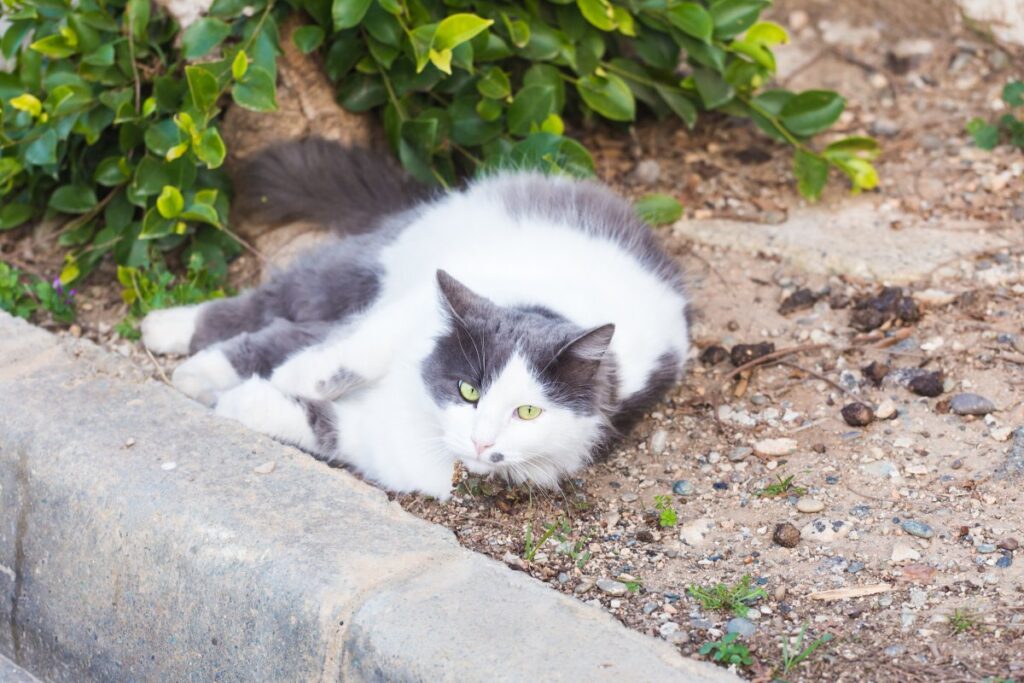
What are the Risk Factors of Feline Diabetes?
The most common risk factors for the development of feline diabetes are:
- obesity
- physical inactivity
- increasing age
- male gender
- the usage of glucocorticoids for treating feline asthma.
In some countries, Burmese cat breeds are more prone to develop diabetes than other breeds, but this case may not be true in the US.
Overweight cats are more likely to have diabetes than average-weight cats. So, cat owners need to pay more attention to their cats to decrease the risk of diabetes development. This way, they can maintain their pet cats’ healthy weight and physical activities through daily play.
What Are Symptoms Of Diabetes In Cats?
The four primary symptoms of feline diabetes are:
- Weight loss
- Increased thirst
- Increased urination
- Increase appetite
These signs in cats are often overlooked because of their nature, especially in the early stage of the disease or if cats spend most of their time outdoors. Cats can get enough water intake from canned or semi-moist diets from their food, so increased water intake can be challenging to recognize in them.
How to Diagnose Diabetes in Cats?
Once you observe any sign of diabetes in a cat, take your feline partner to the vet. Your vet will diagnose diabetes by demonstrating the glucose level in your cat’s urine and blood. The vet will test your cat and the constant clinical sign that leads to a diagnosis of diabetes.
Sometimes, single blood sugar reading in a vet clinic may not be enough to diagnose diabetes in each case. Your cat can have a short-term rise of glucose in her blood due to stress, known as stress hyperglycemia. In this case, your vet will test your cat through fructosamine. This lab test tells about the average glucose concentration in your cat’s blood over two weeks.
The veterinarian will likely recommend other tests to determine other diseases that might contribute to clinical signs of feline diabetes, such as chronic kidney disease, urinary tract infection, hyperthyroidism, and pancreatitis.
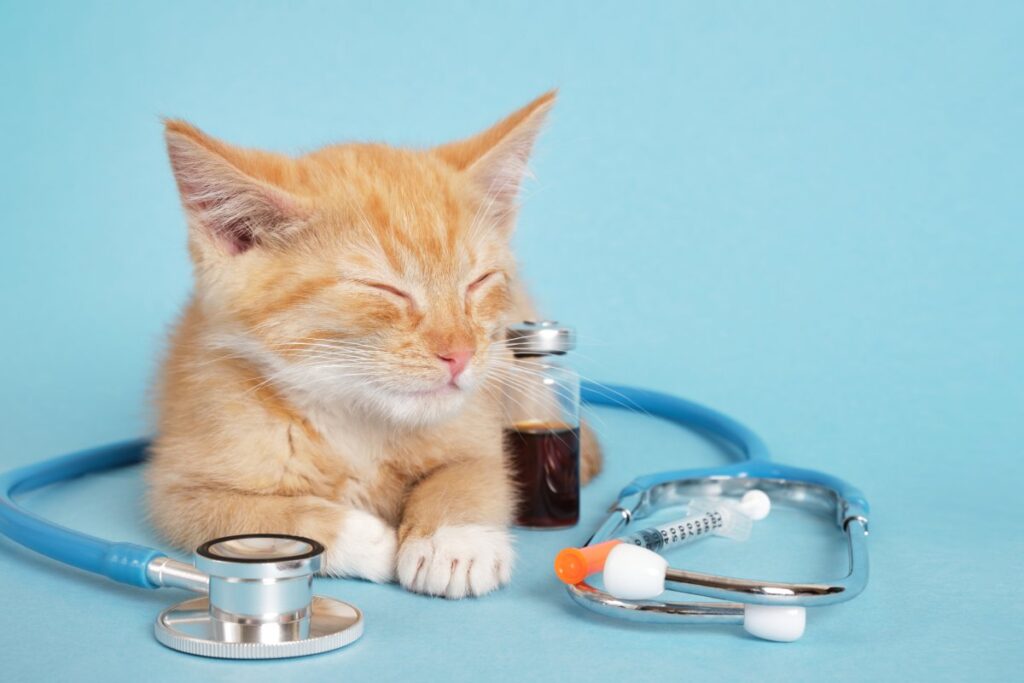
What is the Treatment for Feline Diabetes?
Unfortunately, there is no cure for feline diabetes. Treatment usually focuses on managing the disease and involves insulin injections. Your vet will provide you with daily insulin injections for your diabetic cat to cope with the illness. Also, your cat will require daily checkups and blood sugar monitoring to determine her response to the treatment.
You will need to change your cat’s meal if obesity is a factor. Two types of meals should be given to cats with diabetes to control their weight and blood sugar. One is food that is high in fiber and complex carbohydrates, and the other is a high protein and low-carbohydrate plan. Your vet might provide you with the prescription for your cat’s diet plan, but experiments may require determining which one is right for your feline.
No matter what type of treatment your diabetic cat requires, you will need to care for your cat properly. Keep tracking your cat’s appetite, like how much water she is consuming and how often she urinates; likewise, keep an eye on the sign of complications she is facing while eating and urinating.
If you are willing, you can also get a home glucose testing kit for monitoring your cat’s blood sugar. You will not need to take your cat to the vet every time she needs to be monitored and checked. But before this, discuss with your veterinarian if they think that you and your catty can be good candidates for home testing.
Wrapping Up
Feline diabetes is a long-term condition with no cure, but this doesn’t mean that your cat can’t have a good life. Help your cat live happy and long by providing her with proper management and treatment of this disease. Therefore, if your cat displays any symptoms of feline diabetes, it is highly recommended to consult with the vet to get the best course of action. The sooner early signs are diagnosed, the better result you will get from your precious cat.

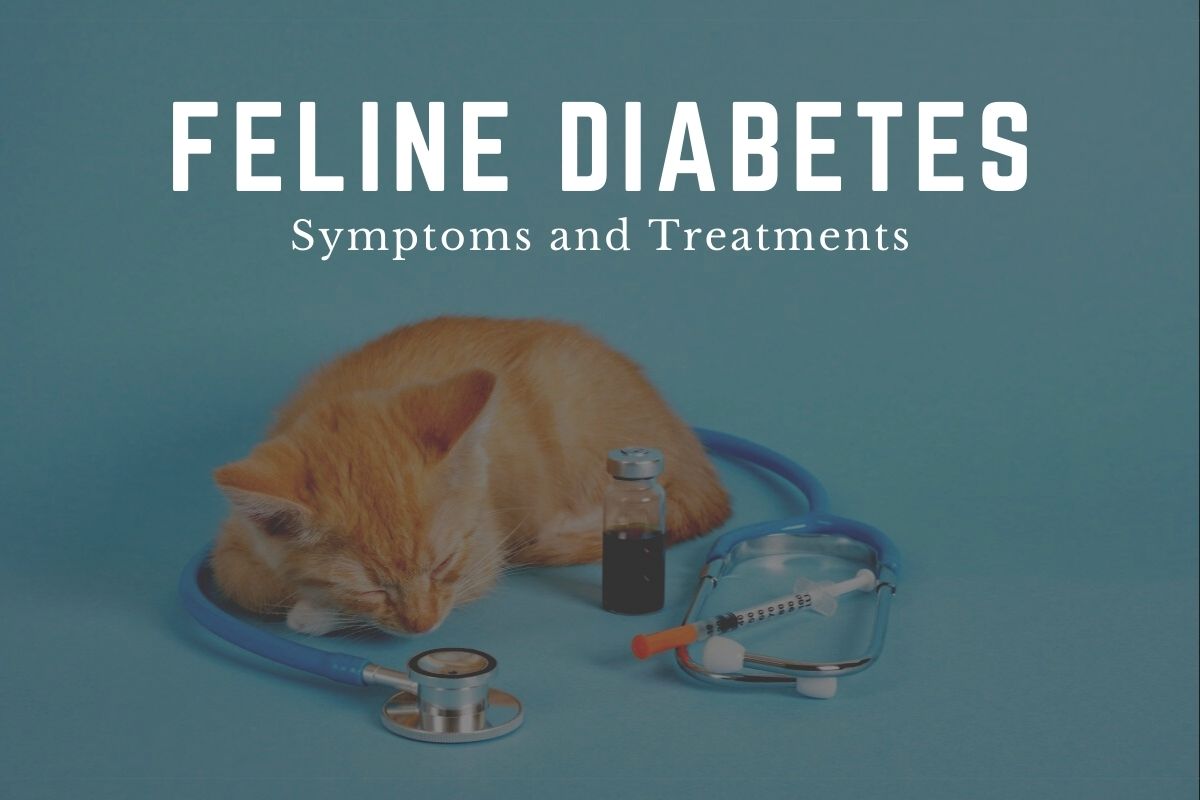
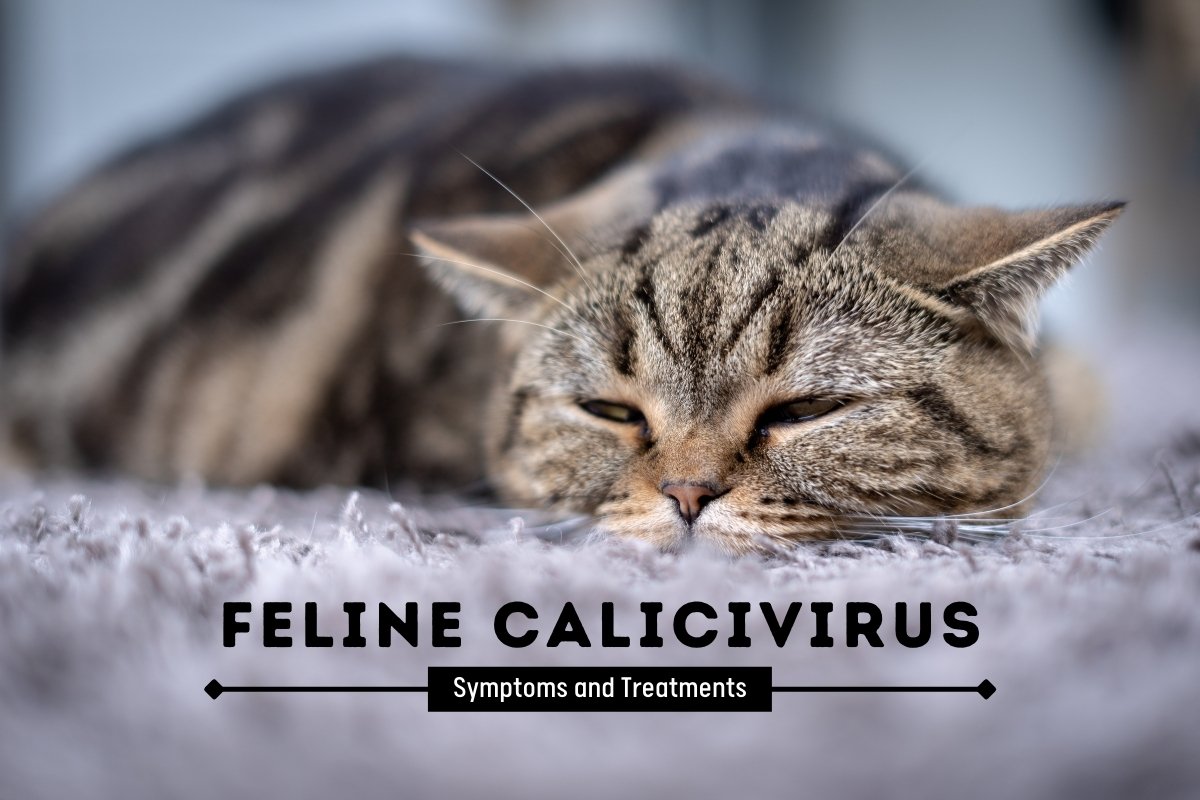

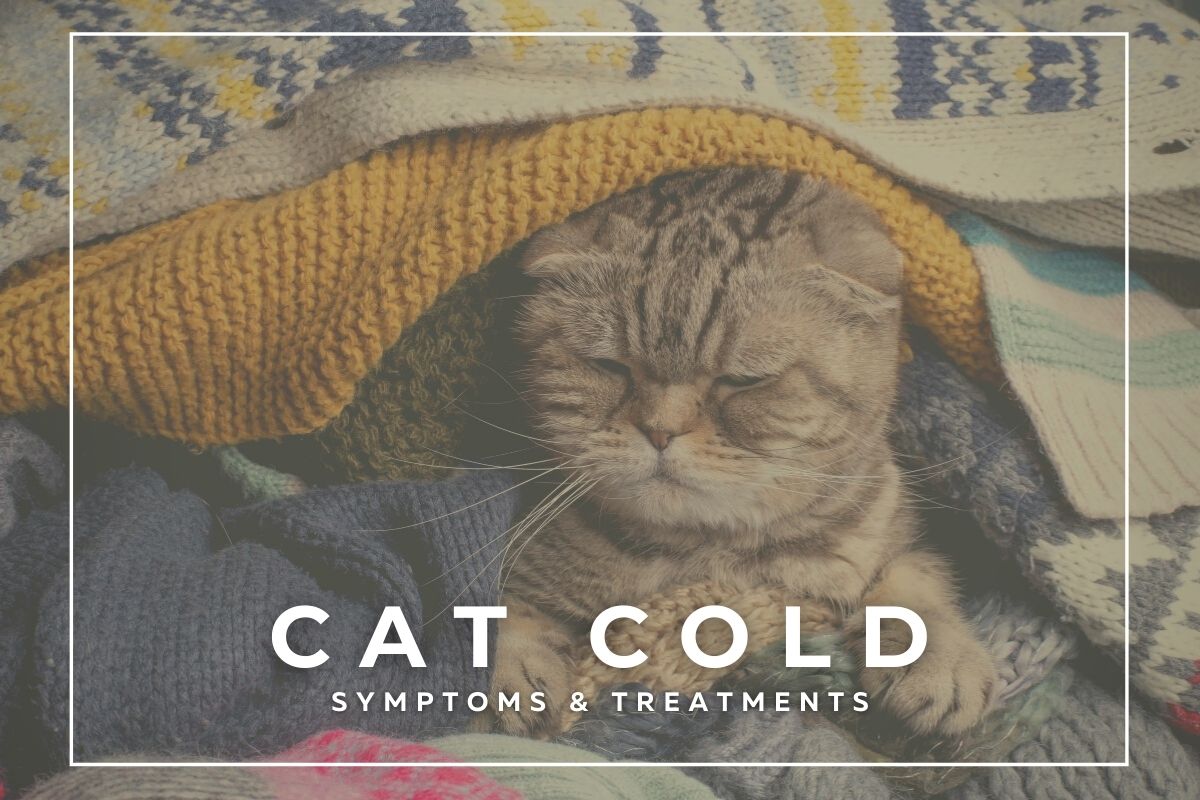
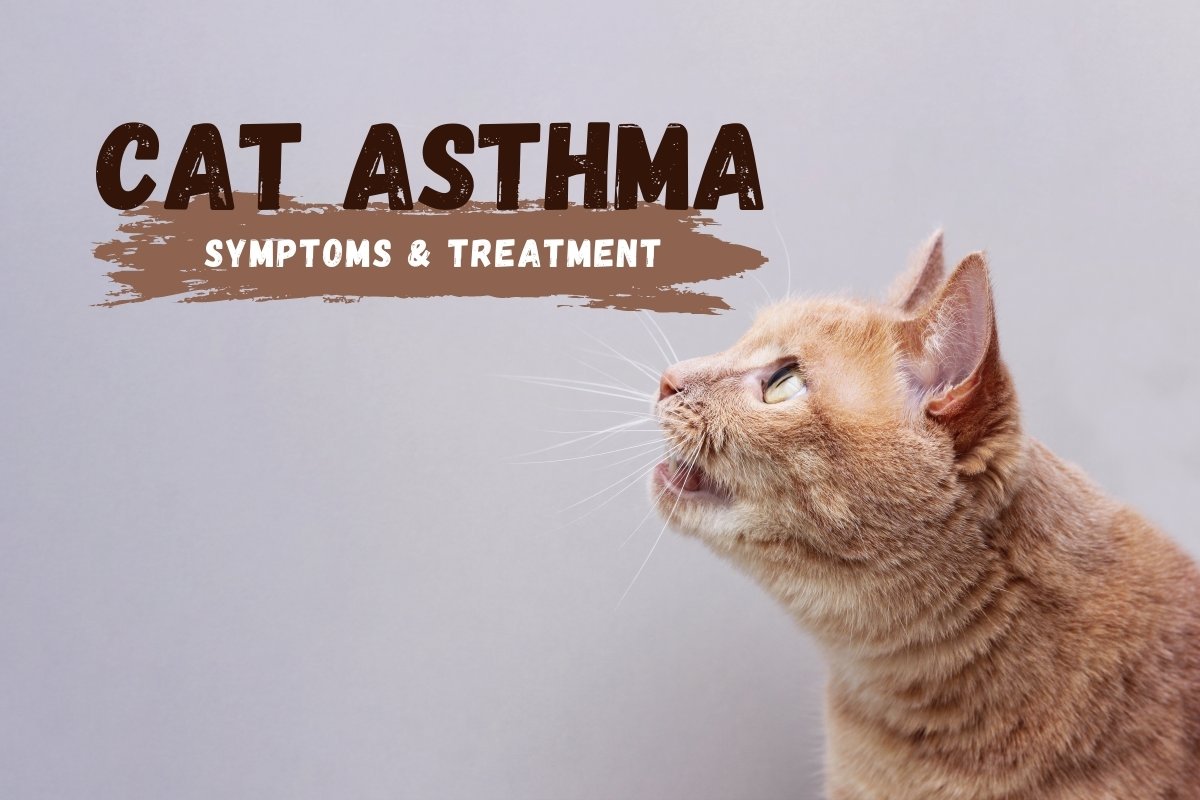
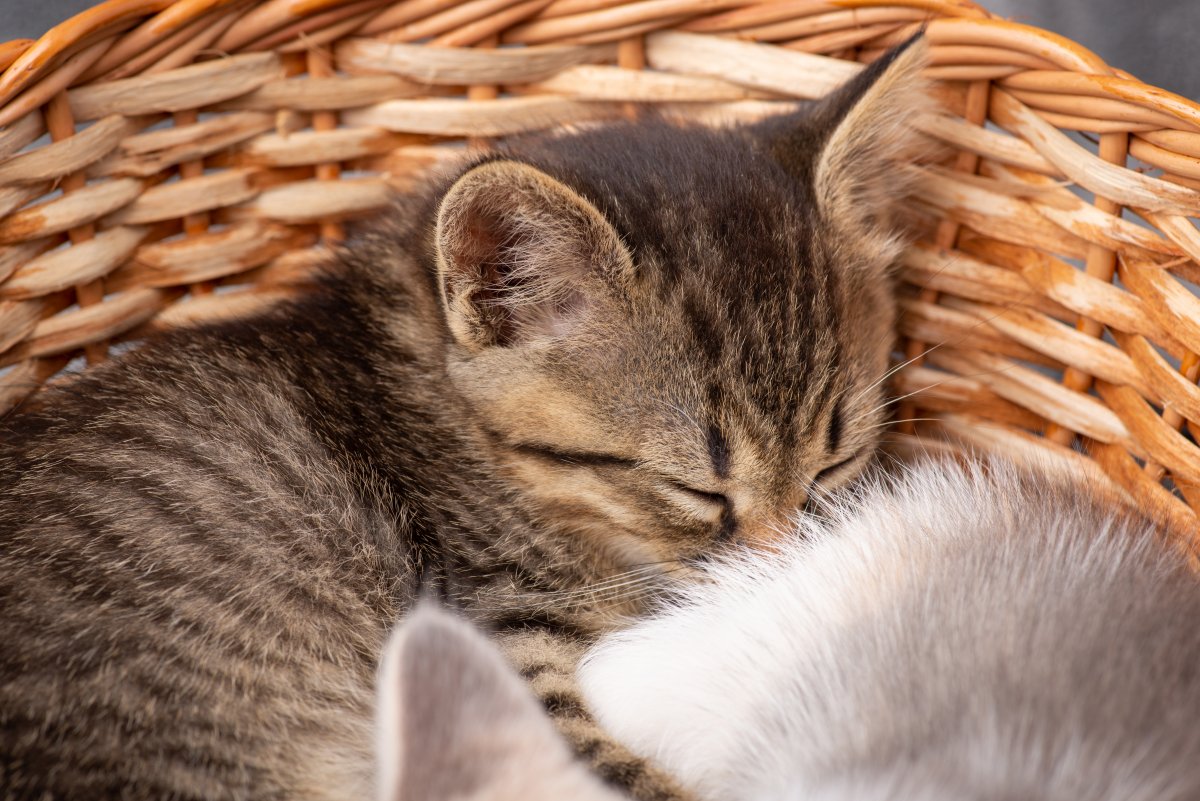
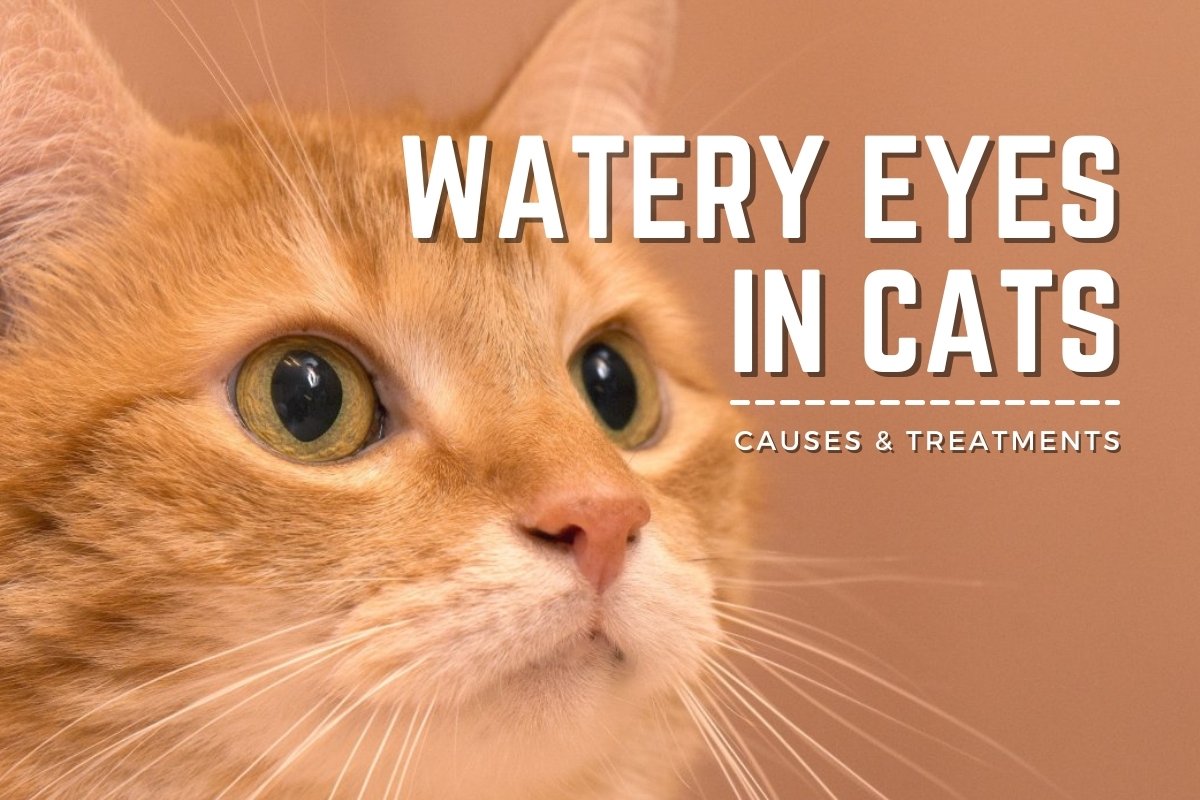
1 comment